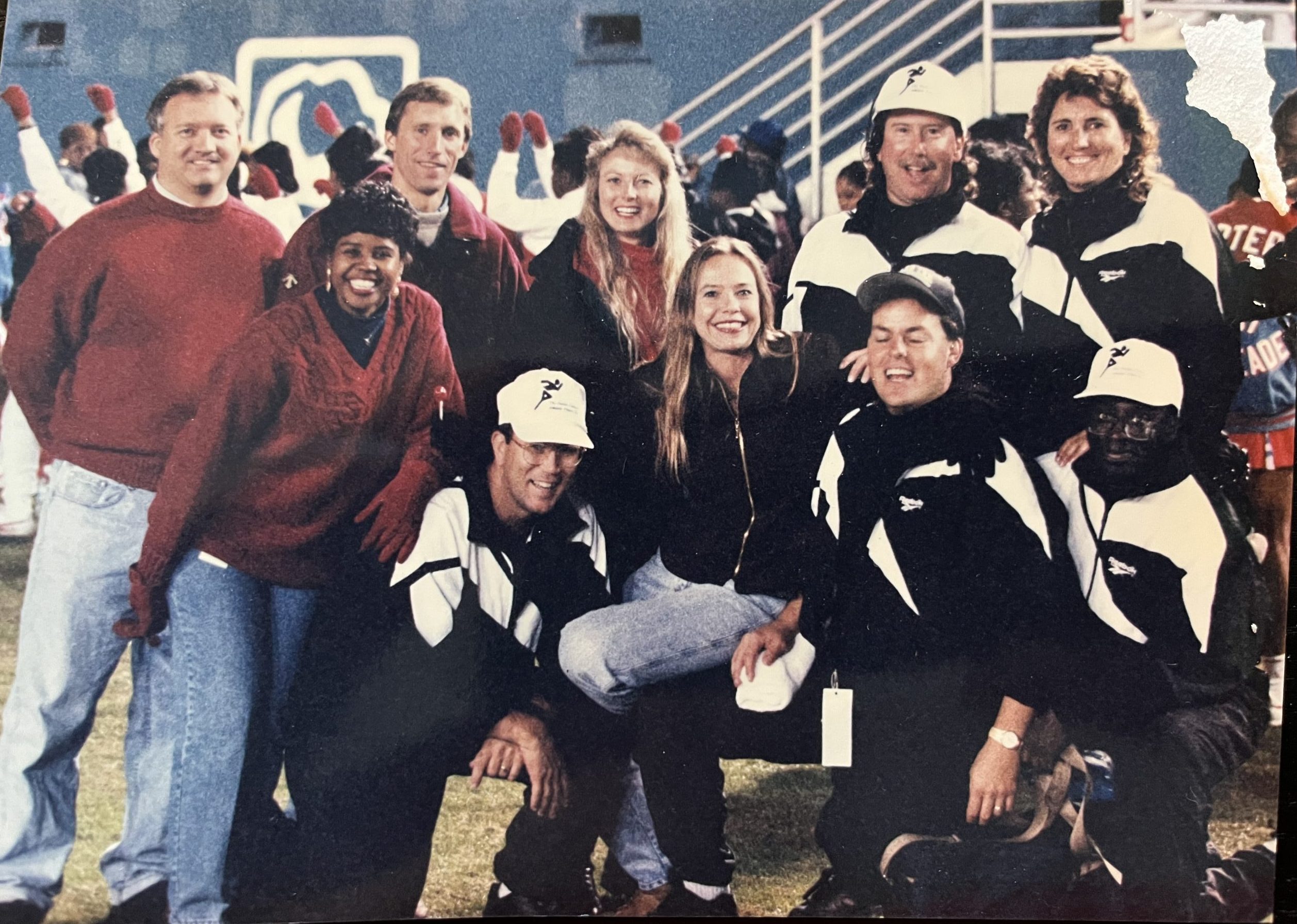Memories: Dallas High School Football Ah, football is in the air …. even for high schools especially in the state...

Memories: Dallas High School Football Ah, football is in the air …. even for high schools especially in the state...

© 2025 jackomd180. All rights reserved.